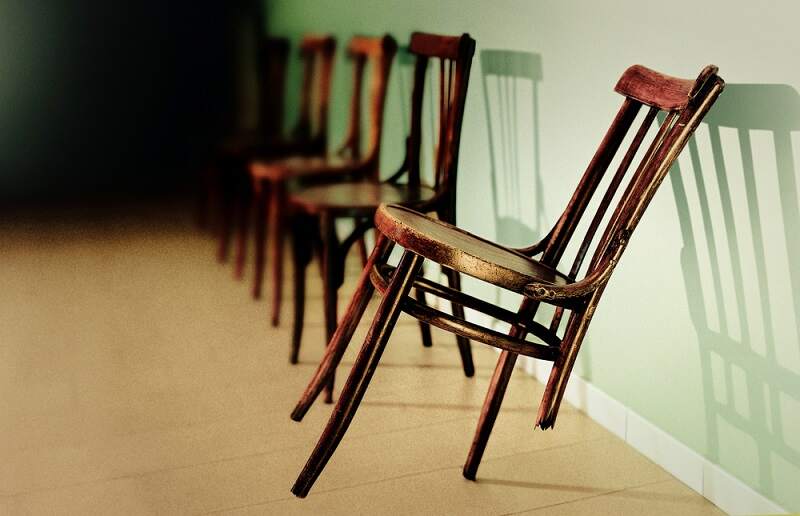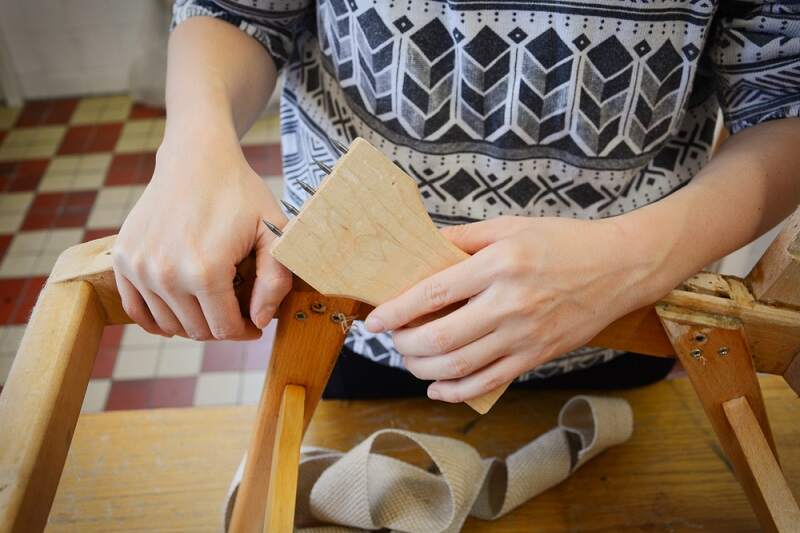Wooden chairs exude timeless elegance and charm, making them a popular choice for commercial spaces such as restaurants, cafes, and offices. However, over time, these chairs may encounter wear and tear, requiring repair and maintenance to restore their pristine condition. Whether it’s a loose joint, a scratch, or a damaged finish, knowing how to repair and revive commercial wood chairs is essential for preserving their longevity and aesthetic appeal. In this article, we will explore some invaluable tips and techniques to bring back the splendor of wooden chairs. By understanding these repair methods, you’ll be able to extend the lifespan of your commercial wood chairs and maintain a welcoming and visually pleasing environment for your patrons or employees.
Let’s dive in and discover the secrets of effective wood chair restoration.
Tips on How to Repair Commercial Wood Chairs
Repairing commercial wood chairs requires specific techniques for various issues. Here are some common problems with commercial wooden chairs and tips to fix them:
Stain Missing:
A prevalent issue in commercial wood chairs where certain areas lack the desired stain color, compromising the overall aesthetic appeal. Addressing this problem is crucial for maintaining product quality and customer satisfaction of the restaurant.
How to fix:
Strip the existing finish, sand the chair, and apply a matching wood stain followed by a protective finish.
Missing Glides:
A common problem in commercial wood chairs is where the protective glides at the bottom are absent or damaged, leading to floor scratches, instability, and reduced durability. Promptly addressing this issue ensures chair functionality and prevents potential damage to flooring surfaces.
How to fix:
Remove the old glides and replace them with new ones. This will ensure a secure fit to protect the chair legs and flooring.
Broken and Loose Legs:
The legs of the chairs can become compromised due to wear, tear, or poor construction. This poses a safety hazard, diminishes chair stability, and necessitates timely repairs or replacements to maintain chair integrity and user safety.

How to fix:
Use wood glue and clamps to reattach loose legs or replace broken ones, reinforcing with screws if necessary.
Loose Joints:
An inherent problem in commercial wood chairs is that the joints between various components become loose over time, compromising structural stability and overall usability. Regular maintenance and reinforcement are crucial to prevent wobbling, ensure user safety, and extend the chair’s lifespan.
How to fix:
To repair wooden chair joints, disassemble the chair. After that, clean the joints, apply wood glue, and reassemble with clamps for a tight fit. Reinforce with screws if necessary.
Broken Arms:
A significant issue in commercial wood chairs is where the armrests become damaged or fractured, rendering them unusable. This compromises the chair’s functionality and comfort. Also, it causes potential safety risks. Swift repairs or replacements are necessary to restore the chair’s full functionality and user satisfaction.
How to fix:
Remove damaged arms, replace them with new ones, and reinforce them with screws or dowels for added stability.
Wooden Chair Back:
When the chair’s backrest lacks structural strength, it may lead to discomfort, reduced support, and potential breakage. Strengthening or replacing the wooden chair back is essential to ensure ergonomic comfort and prevent structural failure.
How to fix:
Repair cracks or breaks by applying wood glue, clamping the pieces together, and reinforcing with screws or dowels if needed.
Broken Rungs:
When the rungs or crossbars between the chair legs become fractured or detached, the chair’s structural integrity, stability, and overall usability get compromised. Immediate repairs or replacements are crucial to ensure user safety and extend the chair’s lifespan.
How to fix:
Remove the broken rungs, cut replacement pieces to size, and attach them securely using wood glue and screws.
Stretcher Replacement:
An issue commonly encountered in commercial wood chairs where the stretcher, a horizontal support beam between the legs, needs to be replaced due to wear, damage, or structural weakness. Replacing the stretcher is essential to maintain the chair’s stability, durability, and overall functionality.

How to fix:
Remove the old stretcher, measure and cut a new one to fit, and attach it securely using screws or dowels.
Remember to follow proper safety precautions and consult professional assistance when necessary for complex repairs.
Final thoughts,
The importance of commercial wood chair repair cannot be overstated. Regular maintenance and timely repairs not only extend the lifespan of the chairs but also ensure safety and comfort for users. Neglecting maintenance leads to costly replacements and tarnished customer perception. By investing in timely repairs, businesses can enhance their brand image, prolong chair lifespan, and ensure a safe and appealing environment, ultimately bolstering long-term profitability. Sometimes hiring a professional repairperson is necessary if your team isn’t skilled in furniture repair. Many times it may be safer and more economical to replace the chairs with new commercial wood chairs from an experienced vendor.
FAQs
The best glue for wood chair repair is typically an adhesive specifically designed for woodworking, such as carpenter’s glue or polyurethane glue. These types of glue provide strong bonds and durability.
To make a chair more stable, you can add stability by reinforcing loose joints with wood glue, screws, or dowels. Additionally, using corner braces or metal brackets can help strengthen weak areas.
To tighten a wooden chair, identify the loose areas, disassemble if necessary, and apply wood glue to the joints. Use clamps to hold the joints tightly together while the glue dries. Alternatively, inserting wooden shims coated in glue into loose joints can also help tighten them.

